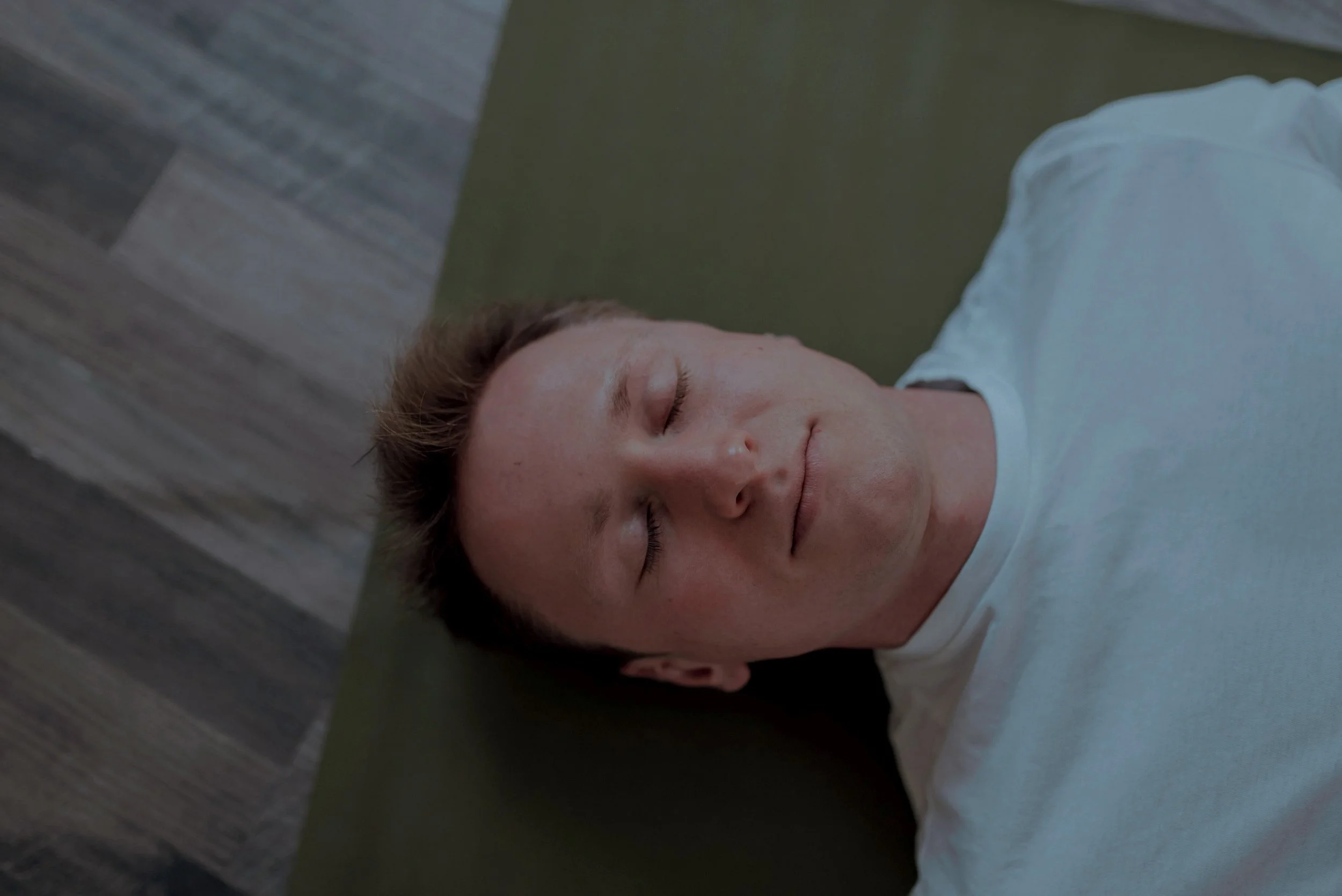Yoga Nidra for Nervous System Rewiring: Why Stillness Is the New Strength
An invitation to deep rest in Pleasant Hill + the Bay Area
There’s a kind of rest most of us haven’t been taught to value.
A rest that isn’t passive, but regenerative.
A rest that doesn’t come from sleeping longer or doing less, but from reconnecting with your system’s natural rhythm.
That rest has a name: Yoga Nidra.
At Life Force Chiropractic in Pleasant Hill, CA, Yoga Nidra is one of the most beloved practices I offer—because it gives people something they didn’t even realize they were missing: a space to fully let go.
What Is Yoga Nidra?
Yoga Nidra means “yogic sleep.” But it’s not about falling asleep. It’s about entering a deep state of conscious rest—where your body is held, your mind is guided, and your nervous system is invited into its most easeful, healing rhythm.
Unlike traditional meditation, which often asks for focus or control, Yoga Nidra invites release.
You lie down, supported by blankets and bolsters.
You’re guided through breath, body awareness, and sensory cues.
And slowly, gently, your body shifts into parasympathetic mode—rest, digest, restore.
This is where regulation lives.
What Makes It Different from Just “Relaxing”
You’ve probably tried to relax.
The bath, the music, the quiet room—and yet, your system still feels braced, your thoughts still spin, and your body never fully settles.
That’s because relaxation doesn’t always equal regulation.
When your nervous system is living in a chronic stress response—what we call dysregulation—it takes more than stillness. It takes a guided invitation into safety. And that’s what Yoga Nidra offers.
It works directly with the limbic system, the vagus nerve, and the deeper layers of your subconscious patterning—the places where stress and survival are stored.
This is why many people feel more rested after 30 minutes of Yoga Nidra than after a full night’s sleep.
How It Helps
People join my monthly Yoga Nidra sessions in Pleasant Hill for many reasons, but here are a few of the most common:
• Anxiety that feels like it’s running the show
• Fatigue, burnout, or emotional depletion
• Chronic tension in the jaw, belly, or chest
• Shallow breathing and trouble sleeping
• A desire to reconnect with their body—but gently
Yoga Nidra is especially powerful when combined with other nervous system support—like gentle chiropractic care, breathwork, or somatic practices.
It’s a key part of what I teach and integrate inside my 12-Day Nervous System Regulation Course, which includes guided audio and body-based tools for home practice.
Join a Yoga Nidra Gathering in Pleasant Hill, CA
Each month, I hold a guided Yoga Nidra session at my Pleasant Hill office.
The room is soft, warm, and quiet.
The group is intentionally small—so everyone has space to land.
You don’t need any experience.
Just bring your body and your breath.
Let the rest take care of itself.
Or Practice at Home with the Yoga Nidra at home practice + Audio
If you're outside the Bay Area, or want to continue your practice between sessions, the Yoga Nidra at Home Practice Guide is a beautiful way to start.
Journal prompts, setup guidance, and a downloadable guided Yoga Nidra practice designed for deep rest, emotional regulation, and embodied healing.
• 35‑PAGE PRACTICE WORKBOOK (PDF)
• PROFESSIONAL GUIDED AUDIO SESSION (27 MINUTES)
• ADDITIONAL READINGS ON YOGA NIDRA
• DOWNLOADABLE FOR OFFLINE PRACTICE ANYWHERE
• ONLY $35 – LIFETIME ACCESS TO YOUR REST RITUAL KIT
Claim Your Rest
Final Words
Your body wants to rest.
But more than that—it wants to feel safe enough to rest.
Yoga Nidra offers a doorway back to that state.
Not by pushing. Not by fixing.
But by remembering what it feels like to truly come home to yourself.
Wherever you are, there’s space for this return.
I’d be honored to guide you there.
Dr. Alandi Stec
Nervous System-Focused Chiropractor + Embodiment Guide | Life Force Chiropractic | Pleasant Hill, CA


